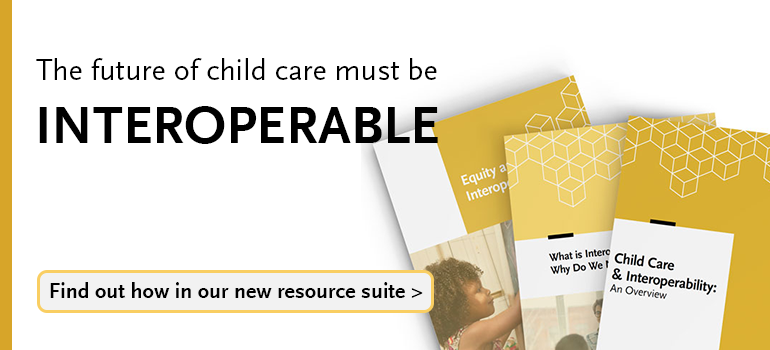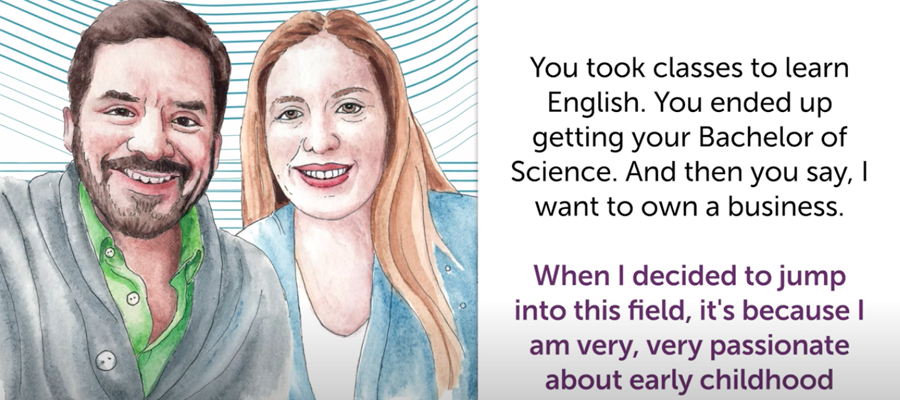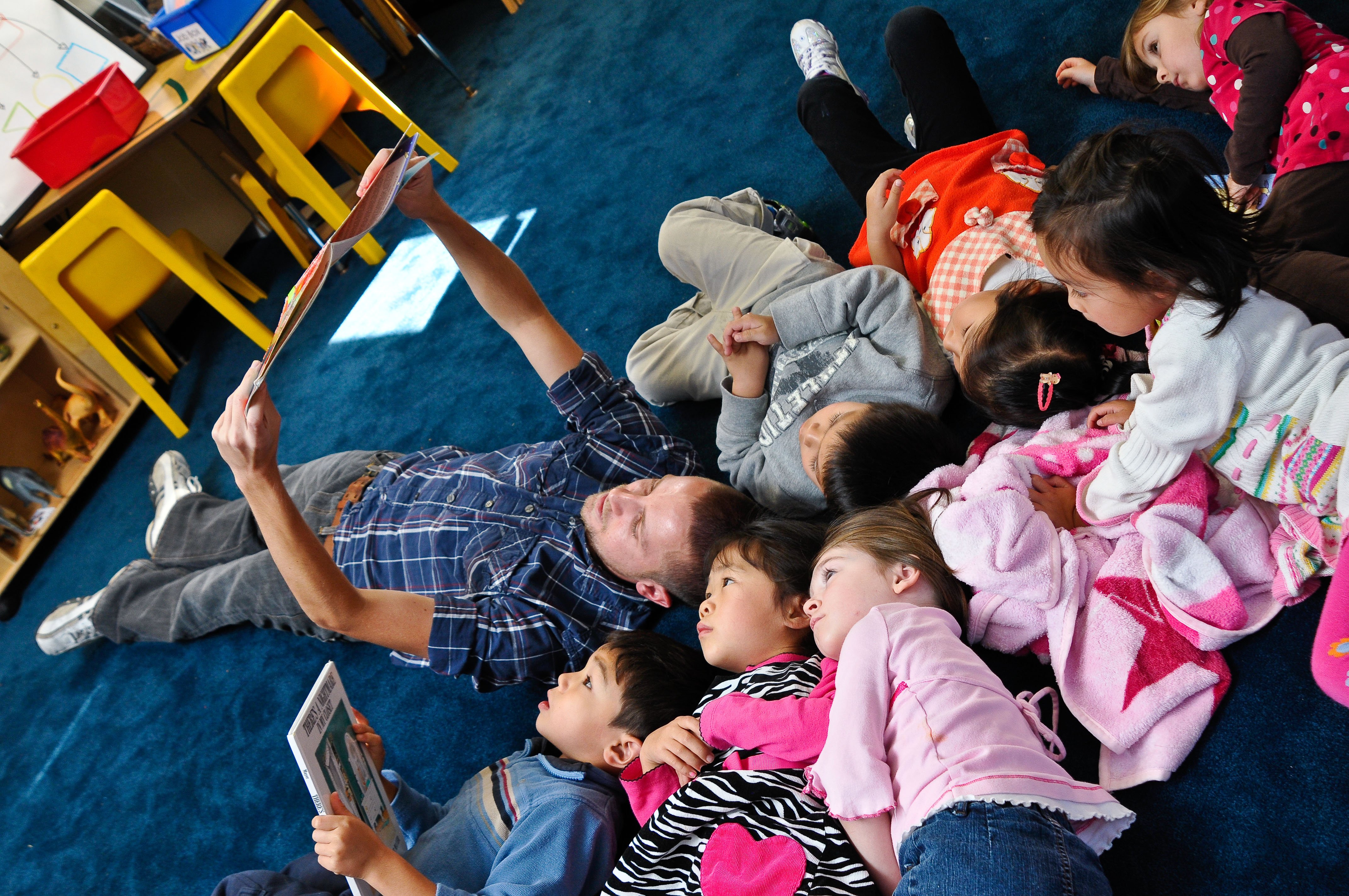
We are all lifelong learners. Granted, for some of us, the pursuit of learning is an inherent strength. For others, it can be a challenge, a heavier lift, but our changing world demands it of us. So for folks like me, where it most certainly is not a strength, we take a deep breath and dive in. And we survive, often even thrive, and want to share that learning with others. But let me back up.
The past year changed us all and we know it has had a disproportionately devastating impact on those who are the most underserved and underrepresented. The child care sector, as Child Care Aware® of America (CCAoA) reported, was devastated by the impact of COVID-19. While we quickly learned how the world was changing and how others were suffering, we also learned a way to improve our work that better supported those who needed our help. Everyone we interacted with reaped benefits from our new method — families, child care providers and Child Care Resource and Referral (CCR&R) professionals, policymakers, community stakeholders and our internal staff team.
What Is Human Centered Service Design?
Over the past year, CCAoA studied and implemented human centered service design (HCSD) in our work. HCSD is a method of problem-solving that requires you to look at your challenges/problems from the user’s perspective, with empathy and equity at its core. One of the most frequent examples of the HCSD concept is a door. You can improve a simple door by increasing the efficiency of its soundproofing and climate control properties. However, if you fail to test the door with users you won’t discover that the handle you designed to be pulled is actually pushed by most users. The door never fully closes and the sound and weatherproofing benefits are never realized. And what about how individuals in wheelchairs manage the door? If you had tested the door with this group of users, other flaws would have become apparent. You could have corrected them and increased the sales of your product. When you are successful in adopting the HCSD approach, your services, products and messages resonate better with users and are more impactful.
We knew that in this time of the COVID-19 crisis we would be asked to address new and complex challenges that required us to fully understand the user’s journey. A user journey is a series of steps which represent how a user might interact with the product or service you are designing. You may have several types of users, which would require you to map out a user journey for each.
At CCAoA, we worked to improve, build and design solutions that considered our users. For example, during the height of the pandemic, many parents lost their child care, providers couldn’t keep up with changing requirements and CCR&Rs were trying to directly serve all three populations affected by changes in the child care capacity in their community. Using an HCSD approach has allowed us to carefully consider where we need to be more empathic and increase equity as we build solutions. We asked ourselves questions during testing: While X solution may work for some, does it work for many? Or all? What is intuitive? How can it be streamlined for those that access the product/service?
As an organization, we continue to share our expertise about the child care landscape, but now we also incorporate HCSD to address child care capacity and other challenges. We know that the issues are not the same from community to community, and the solutions may vary. However, there are similarities, which we and other stakeholders can address together. We have come to understand that almost every challenge impacts a community’s child care capacity. Capacity is not simply the number of child care spaces, but also an understanding of the issues that have a negative impact on capacity. Many factors can have a significant impact on child care capacity, including program quality, cost, the ages of children served, hours of operation, level of staffing, professional development offered, infrastructure or inadequate data.
We look forward to sharing more information about opportunities to walk through challenges using the HCSD approach and passing along new skills that will allow your team to apply them as new issues arise. Putting the human at the center, enabling CCR&Rs to be the leaders in using these innovative processes and teaching them to others can lead to a transformation of the early learning and care system. Let’s learn together!






